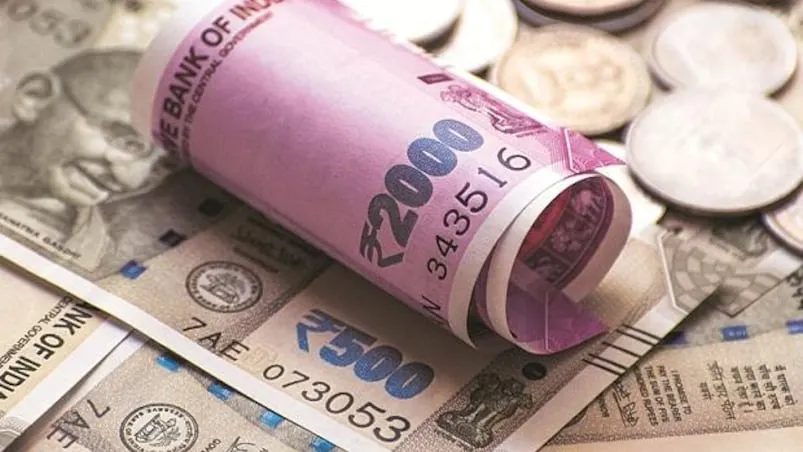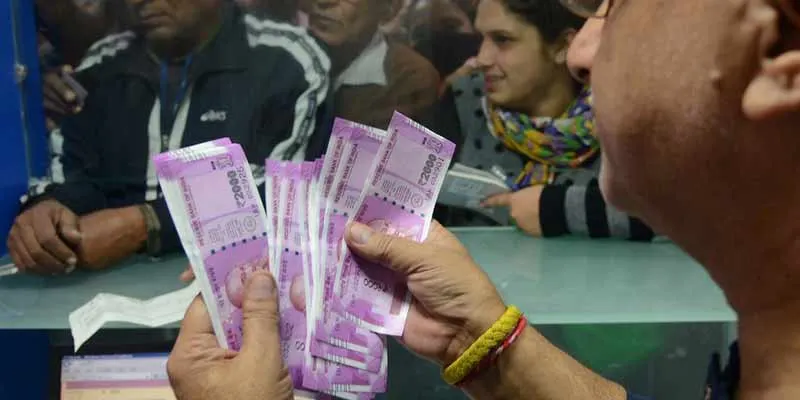On November 8, 2016, the Indian government, led by Prime Minister Narendra Modi, announced a surprise move: the demonetisation of the country’s two largest denominations, the Rs 500 and Rs 1,000 notes. In less than 24 hours, these vast sums of cash, worth over 15 trillion Indian rupees, became invalid. This bold economic experiment aimed to tackle corruption, black money, and counterfeiting, but its effects were far-reaching and complex. We’ll go into the reasons behind this move, its implementation, and the lasting impact it had on the country.
The Motivations Behind Demonetisation
The decision to demonetise was the result of years of planning and debate within the government. Modifying the current payment system was seen as a way to tackle corruption, eliminate black money, and reduce the use of cash for nefarious purposes. The government also aimed to increase the use of digital payments and wean the economy off its reliance on cash. Additionally, the move was seen as an attempt to combat counterfeiting and the production of fake currency.
Implementation Chaos and Controversy
The transition to demonetisation was far from smooth. The government failed to adequately prepare the banks and the public for the change. Long lines formed outside ATMs and banks as people scrambled to exchange their old notes for new ones. The lack of communication and effective planning led to widespread frustration and chaos. Many essential services, such as hospitals and schools, faced disruptions due to the lack of cash. The initial confusion also triggered panic buying, leading to a surge in prices for essential commodities.

The Short-Term Impact
In the short term, demonetisation had both positive and negative effects. On the positive side, it led to a significant decline in counterfeit notes and a slight decrease in corruption. The move also encouraged the use of digital payments, with mobile wallets and online transactions experiencing a surge. However, the negative consequences were more pronounced. The economy contracted, and GDP growth plunged, causing widespread unemployment and poverty. The sudden ban also led to a shortage of essential goods and services, causing a ripple effect across the country.
The Long-Term Legacy
Demonetisation had a lasting impact on the Indian economy. Although the initial suprise has worn off, the underlying effects of the move continue to be felt. The ban on high-value notes forced many small businesses and daily wage earners to switch to digital payments, reducing the informal economy. This has resulted in a more transparent and tax-compliant economy. Additionally, the move has spurred the adoption of fintech and digital payment solutions, making it easier for people to access financial services. However, the demonetisation move also widened the wealth gap, as those with digital access reaped the benefits, while the poor and vulnerable struggled to cope.
Demonetisation was a bold and unprecedented move by the Indian government to tackle corruption and increase digital transactions. Although it had both positive and negative effects, the move has led to a more transparent and tax-compliant economy. As the government continues to navigate the complex issues surrounding demonetisation, it is essential to balance the need for effective regulation with the need to protect the interests of the most vulnerable members of society.


